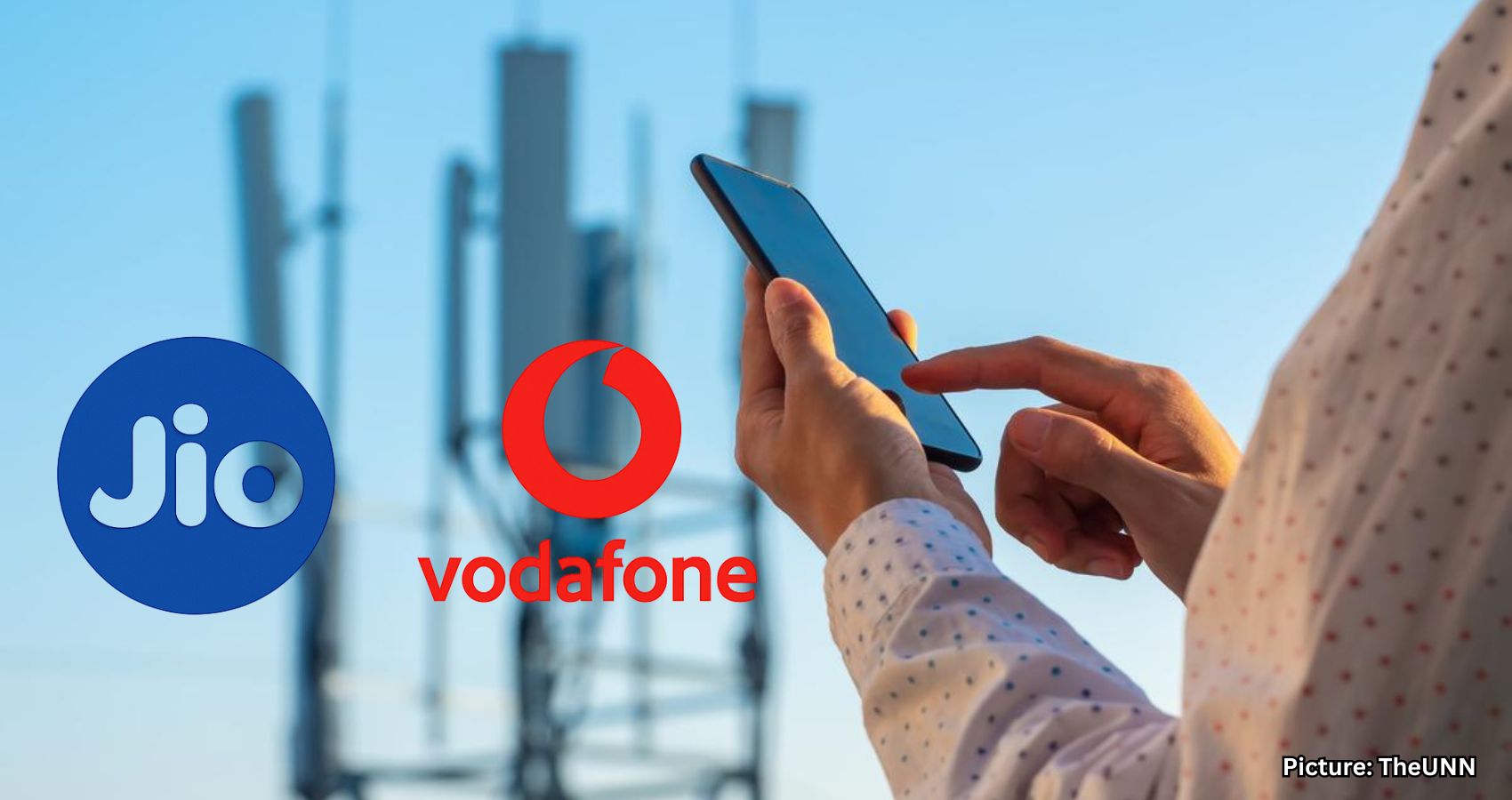Major American tech companies are opposing India’s plans to allocate the six gigahertz spectrum band for mobile services, advocating instead for its exclusive use for Wi-Fi applications.
American tech giants, including Apple, Amazon, Cisco, Meta, HP, and Intel, have expressed strong opposition to the request by India’s telecom companies, Reliance Jio and Vodafone Idea, to allocate the six gigahertz (GHz) spectrum band for mobile services.
In a joint submission to the Telecom Regulatory Authority of India (TRAI), the companies urged regulators to reserve the entire 6 GHz band exclusively for Wi-Fi services. They argue that the band is not technically or commercially ready for deployment in mobile networks.
The joint submission emphasized the need for caution regarding future auctions of specific frequency ranges within the 6 GHz band. “We do not recommend setting timelines for any future auction of the 6425-6725 MHz and 7025-7125 MHz ranges for IMT,” the document stated. It further suggested that TRAI and the Department of Telecommunications should review the allocation of the upper 6 GHz band following the outcomes of the World Radiocommunication Conference (WRC-27), particularly concerning Agenda Item 1.7, which pertains to the 7.125-8.4 GHz range.
The tech companies proposed that any portion of the upper 6 GHz spectrum that is not immediately utilized should be opened for unlicensed use on an interim basis. This would allow Wi-Fi and other low-power technologies to help bridge the connectivity gap. Government plans indicate that 400 MHz of spectrum in the 6 GHz range will soon be available for auction, with an additional 300 MHz expected to be released by 2030. Furthermore, 500 MHz has been earmarked for delicensing, making it accessible for low-power applications, including Wi-Fi services.
Despite the government’s intention to delicense 500 MHz of the lower 6 GHz band for Wi-Fi and other low-power uses, Reliance Jio has called for the inclusion of the full 1,200 MHz of spectrum in the upcoming auction. The company argues that the entire band, encompassing both lower and upper ranges, should be made available for mobile services to facilitate the expansion of 5G and future 6G networks.
The newly identified frequency blocks of 6425–6725 MHz and 6725–7125 MHz are part of the upper 6 GHz band, which telecom operators view as crucial for enhancing network capacity. However, tech firms maintain that these frequencies are better suited for high-performance Wi-Fi applications.
Vodafone Idea has also requested that 400 MHz of the 6 GHz spectrum currently available be included in the next auction. Meanwhile, Bharti Airtel has advocated for a postponement of the 6 GHz auction, citing concerns regarding ecosystem readiness, including device availability, network infrastructure, and the absence of global standardization.
Qualcomm, a U.S.-based chipset manufacturer, has echoed similar concerns, emphasizing the necessity for a more mature ecosystem before deploying the spectrum for mobile services. “The upper 6 GHz band is critical for mobile growth in India, and it may be noted that several other countries, like China, Brazil, and various European nations, are considering the entire 700 MHz in this Upper 6 GHz band for 6G,” Qualcomm stated. The company added that deferring the auction of the 6425-6725 MHz and 7025-7125 MHz bands until after WRC-27 would safeguard India’s 6G future, align with global standards, and support its leadership aspirations.
The Cellular Operators Association of India (COAI), which represents major telecom players including Reliance Jio, Bharti Airtel, and Vodafone Idea, has voiced strong opposition to the government’s plan to delicense the 6 GHz band. COAI described delicensing as “misleading and counterproductive,” arguing that licensed IMT spectrum ensures quality of service, predictable performance, and nationwide scalability—elements deemed vital for initiatives like Digital Bharat and 6G applications such as connected mobility, automation, and industrial networks.
Furthermore, COAI expressed concerns that unlicensed Wi-Fi deployments by global over-the-top (OTT) players and device manufacturers could undermine licensed usage in the band, reduce government revenues, and create an uneven playing field for telecom operators.
As the debate continues, the future of the 6 GHz spectrum in India remains uncertain, with significant implications for both mobile and Wi-Fi services in the country.
Source: Original article

